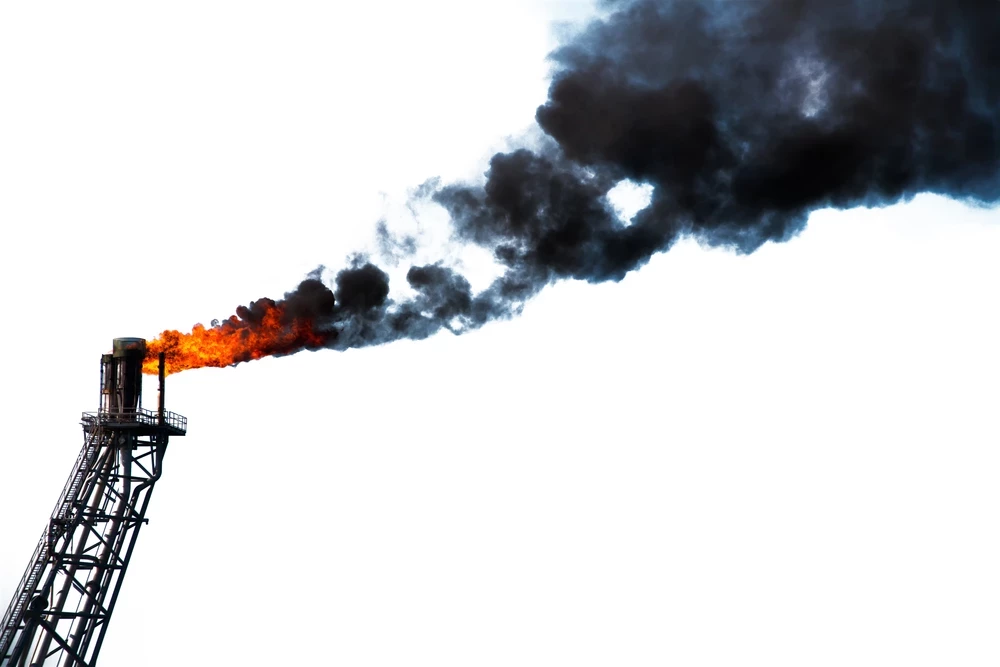Robotic Advancements In The Oil & Gas Field
Add bookmark
When an oil manufacturer is drilling for oil hundreds of feet beneath the ocean, the remotely-operated automobiles doing lots of the work can trace their DNA back to the WHOI in Massachusetts.
The Institute has been sending persons and machines to the deepest depths of the ocean for many years. With shrinking resources and increasing demand for petroleum products, oil and gas industries are compelled to rethink over their present percent for automation of the enterprise. New oil fields, quite often located in extreme conditions, are posing critical challenges to both human and atmosphere in phrases of protection. Duties which are repeated, dirty, and unsafe and require a high measure of accuracy are already automatized in the manufacturing industry.
This success has inspired oil and gas industry to lend some of its extremely dangerous and repetitive duties for automation. Most of the strategies are remotely operated and require an incredibly expert operator. Such tactics benefit not only in phrases of total wellbeing and protection, by way of putting off people from the hazardous atmosphere but also by reduction of number staff members required for continuous inspection and manipulation of plant amenities. Seeing that the sensitivity of inflammable products worried on this industry usage of entirely autonomous robots is still a far fetch choice.
As a consequence, semi self-sustaining robots are an excellent option for this enterprise at least as near future answer. In oil and gasoline industry, robots are used both in the upstream and downstream method such as pipe dealing with in drilling operations, pipeline inspection, vessel investigation, and remote controlled underwater vehicles (ROVs). These robots are programmed with latest technology called Robot Operating System which is an open source platform using programming language like Python and C++.
Current Robotics Technologies
There are different kinds of robots in the oil & fuel industry:
- The remotely operated underwater vehicles (ROVs)
- Mobile robot structures
- Subsea Robots and plenty of others
Remotely Operated Underwater Vehicles
Since there are a lot of underwater pipeline problems, underwater pipeline restores robotic methods are developed to restore pipes. They're particularly maneuverable robots which can be operated from abroad a floor of a vessel. They are linked to the vessel through cables, which can be the source of carrying electronic alerts backward and forward between the operator and the ROV. Nearly all of them hold illumination operations and video cameras, although few have added traits like still cameras, manipulators, water samplers, light penetration and temperature and so forth.
They have been developed for the industrial purposes and are precious in ocean exploration. They fluctuate in sizes and levels for deployment and healing operations. The vehicle’s depth and the geographic function are additionally recorded plus it could support operators to investigate advantage issues.
ROVs are extensively used to install equipment and participate in protection in subsea operations, but nonetheless, there are some negative aspects of the present robotic techniques that can be solved within the near future.
- The cables attached to ROVs can be with ease twisted as they've extended from the ROV toward the vessel and because of many objects within the water.
- After they’re twisted, there're no means however to reduce them.
- Despite having the entire training methods on how you can function them, the operators nonetheless to find difficulties in special duties. They're particularly hard to operate.
Cellular robotic systems
The mobile robotic techniques have many applications in the oil and fuel platform:
- Topside operations
- Topside inspection & monitoring
- Topside renovation and repair
The cellular equipment must be equipped to bear the cruel environments and anchor itself robotically.
Subsea Robots
The majority of the oil and fuel formation reserves lay beneath the ocean’s flooring and getting to them grants engineering challenges. The problems may just comprise, the human safety dangers, weather and ice associated problems and environmental insecurities and so forth.
There are three aspects of any robot:
- Brawn – force about the physical payload that a robot can lead.
- Bone – the physical structure of a robot about the work it does; this determines the dimensions and weight of the robotic relating to its physical payload.
- Brain – robotic intelligence; what it could suppose and do independently; how a lot manual interplay is required.
Due to of the way robots have been pictured in science fiction, many persons anticipate robots to be human-like in appearance. But in fact, what a robotic looks like is more related to the tasks or capabilities it performs. Some machines that appear nothing like humans can apparently be categorized as robots. And in a furthermore, some human-looking robots should not so much beyond mechanical mechanisms or toys.





















